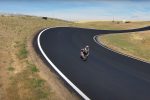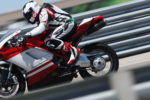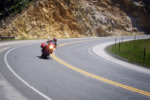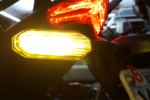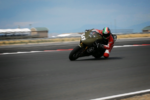3 Riding Instincts That Feel Safe—but Could Get You Hurt
Instincts are powerful. They’ve kept humans alive for thousands of years. But when it comes to motorcycling, some of those gut reactions can actually work against us.
Until about 120 years ago, humans had never traveled faster than a horse could run—and even then, the horse was in control. Today, motorcycles have dozens of horsepower and can hit triple-digit speeds. That’s a huge leap in a very short time, evolutionarily speaking. So it’s no surprise that some of our instincts don’t translate well to two wheels.
After coaching riders for over 25 years—newbies and veterans alike—I’ve seen three common instincts that feel right but can get you into real trouble:
1. Holding On Too Tight
Think back to your first roller coaster. Your instinct was to grip the bar like your life depended on it. The same thing happens on a motorcycle—especially when you’re nervous or unsure. But a tight grip limits your dexterity, locks up your arms, stiffens your back, and even restricts breathing. That’s a recipe for poor control and slower reactions.
The fix? Keep a light touch on the grips. It sounds simple, but it takes awareness and practice. One fun tip: try inserting a straw into a juice pack while squeezing it—too tight and you get a faceful of juice, too loose and it drops. That’s the feel you’re going for.
2. Relying on the Rear Brake
Most of us grew up on bikes with rear brakes only. Add in the fear of flying over the handlebars, and it’s no wonder so many riders trust the rear brake more. But on a motorcycle, the front brake does 80–90% of the stopping.
The rear brake is still useful, especially for stability, but it’s the front brake that saves lives—if used smoothly. Fear of the front brake usually comes from using it too abruptly while gripping too hard. Don’t fear the brake; fear abruptness. Learn to trust your front brake, and your riding will improve overnight.
3. Looking Down at Hazards
When we’re stressed, our vision narrows and we lock onto the immediate threat—like gravel or potholes. But this tunnel vision increases anxiety and makes it harder to react.
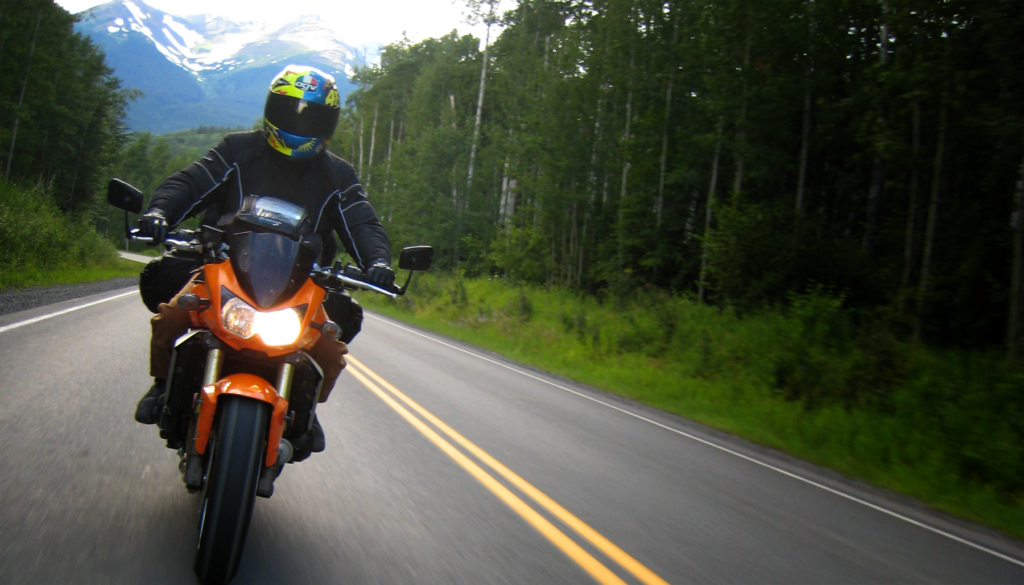
Instead, train your eyes to look ahead—to the horizon, the vanishing point of the corner, or your next target. Glance down if needed, but always bring your vision back up. Saying “fast eyes” out loud while you ride can help keep you focused forward. Ironically, the more you look ahead, the slower everything feels—giving you more time to respond.
Final Thoughts
Motorcycling is one of the most rewarding things you can do—but it requires unlearning some deeply rooted instincts. If you’ve ever caught yourself white-knuckling the grips, relying only on the rear brake, or staring down at a patch of gravel, you’re not alone—and you’re not broken. You just need new habits.

